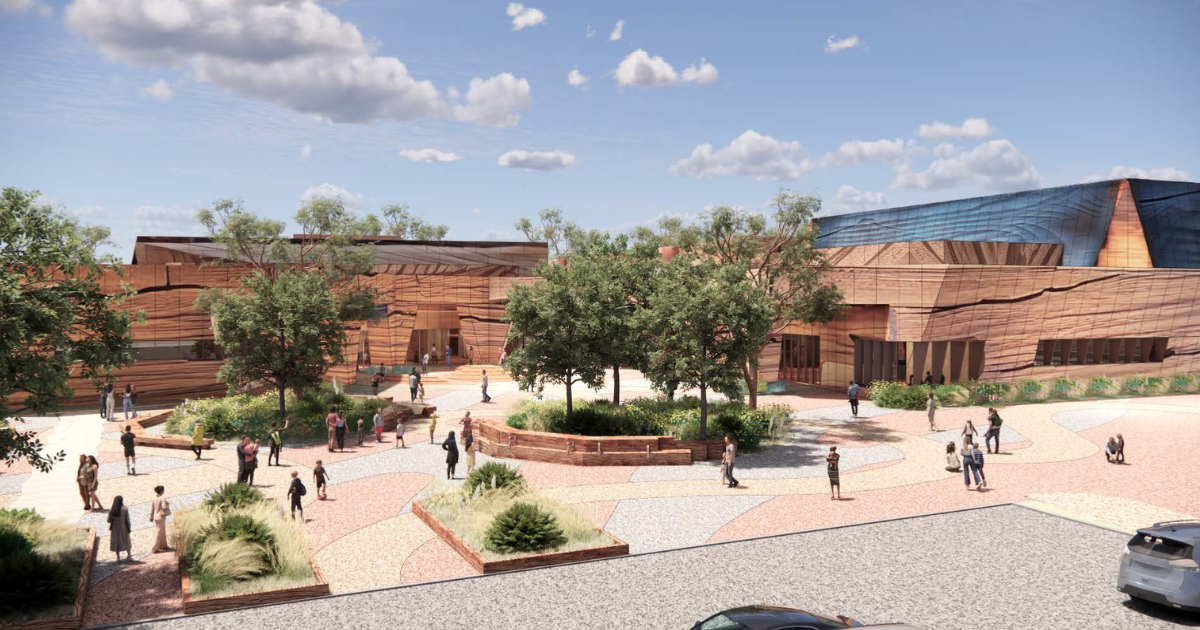Quake aftershocks could last months

Geoscience Australia predicts further tremors in the days, weeks, and even months ahead. Image: GEOSCIENCE AUSTRALIA
THE powerful earthquake that hit earlier this month, in the Otway Ranges near Apollo Bay, could trigger aftershocks lasting for months, warn experts.
The earthquake’s impact extended as far north as Bendigo and as far south as King Island.
Geoscience Australia predicts that we can anticipate further tremors in the days, weeks, and even months ahead.
This activity stems from the redistribution of stress along a ruptured fault
According to Geoscience Australia the initial earthquake was followed by a series of aftershocks, measuring 2.5, 3.6, 2.5, 2.7, and 3.7 in magnitude, all occurring between October 22 and October 24.
Upon review, the magnitude of the primary earthquake was revised down from 5.1 to 4.7.
Senior Seismologist Tanja Pejic said that while Australia experiences daily seismic activity, most go unnoticed due to their low magnitude or remote locations.
“Earthquakes in Australia, or intraplate earthquakes, can and do occur anywhere on the continent due to the movement of tectonic plates,” Ms Pejic said.
“On average, around 100 earthquakes of magnitude 3 or larger are recorded in Australia each year. Earthquakes above magnitude 5.0, such as the destructive 5.4 magnitude earthquake in Newcastle in 1989, occur in Australia approximately every one to two years.
“Approximately every 10 years, Australia experiences a potentially damaging earthquake of magnitude 6.0 or larger such as the Meckering earthquake in October 1968 and the off-shore Broome earthquake in 2019.
“Movements and interaction of the plates occur on time scales of hundreds of thousands of years.”
Ms Pejic said that to measure changes in occurrence frequency of earthquakes in Australia, it is necessary to look at observation data over centuries, so it is not possible to say definitively whether there is an overall increase in seismicity in any one area in Australia.
To access additional information on current earthquakes or to submit a ‘felt report,’ please visit Geoscience Australia’s interactive earthquake map at earthquakes.ga.gov.au.

















